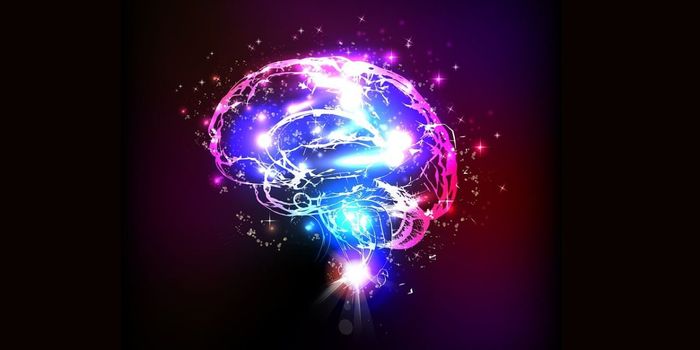The Two Brains Exposed by Ketamine
Researchers out of the University of Pennsylvania have discovered our brains are split in two and not just along the hemispheres. While studying the psychedelic and hyperalgesia drug ketamine, scientists in the Proekt laboratory uncovered how it induces its dissociative state.
Since 1963, ketamine has engendered “dreamlike” and “hallucinatory” experiences in mice, men, cats, and horses. The main features of a ketamine K-hole are a disconnect from stimuli in the surrounding environment, a focus on internal stimuli, and impaired sensorimotor processing. These psychedelic effects were unwanted by clinicians in an analgesic, and the drug was quickly adopted recreationally.
Other anesthesia, such as xenon or propofol, produce brain states similar to non-REM sleep or being “knocked out.” Ketamine users are conscious similar to the rapid eye movement stage of sleep.
The dissociative state of ketamine has been attributed to:
- N-methyl-D-aspartate receptor (NMDAR) antagonism
- glutamatergic influence
- hyperpolarization-activated cyclic-nucleotide-gate (HCN) channel modulation
- GABAergic cortical interneurons modulation
In their Nature Neuroscience paper, Chichon et al. examined the brains of mice before and after drug administration using two-photon calcium imaging, measuring the neuron activity at the various levels and regions of the cortex.
An unconscious brain’s neurons are more or less all equally active. Under ketamine, the heterogeneity of neuron activity remained, but the individual neurons experienced a change in their activity levels. The cortical neurons active pre-ketamine treatment quickly went quiet, while quiet neurons became highly active under the drug’s effects.
This acute “activity switch” occurred in neuronal populations across the various layers of S1, V1, M1, M2, and retrosplenial cortex. At all these sites and without thalamic inputs, ketamine locally modulated the activity of fast-spiking parvalbumin-expressing and somatostatin-expressing interneurons.
In the recent 25 years the study and applications of ketamine have expanded. This groundbreaking research essentially discovered two separate neuronal populations intermixed within the cortical layers and regions examined.
By better understanding the true nature and mechanisms of this drug, the development of others with or without the analgesic or dissociative states is possible. NMDAR and HCN suppression successfully mimicked the activity of ketamine. Future drug development could look at these modes of action. Alternatively, perhaps ketamine’s unmasking of AMPAR-dependent activity means direct modulation of these neuronal subpopulations could also induce some ketamine-like states.
Sources: Nature Neuroscience, Journal of Neuroscience, AZlyrics, European Journal of Anesthesiology









